From A Young Age, The Moon Is Already A Familiar Entity To Us
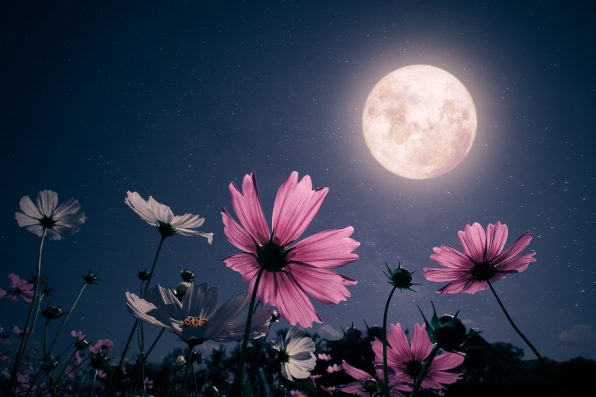
The glowing white orb is at its brightest when night falls, and the sky turns dark. It is a near-constant presence throughout our lives and is featured in many children’s bedtime stories and even ancient cultural myths. For instance, the ancient Egyptians, Greeks and Chinese all had their own versions of a moon goddess.
Here Are 8 Things The Moon Has Taught Us About Earth
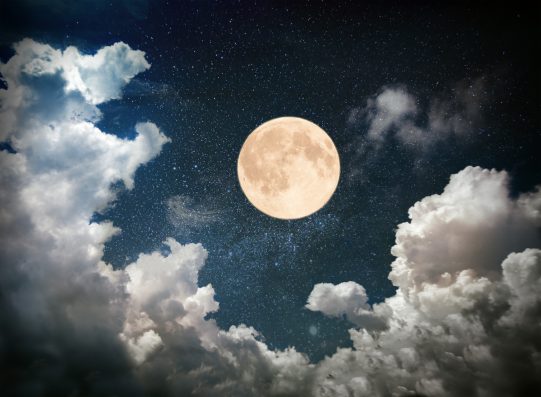
Over the years, people’s ideas about the moon have led to scientific discoveries that prove whether they were right or wrong.
All these studies of the moon have also helped us learn more about Earth. So, here are eight things our lunar neighbor has taught us about the planet we call home.
How The Earth Gave Birth To The Moon
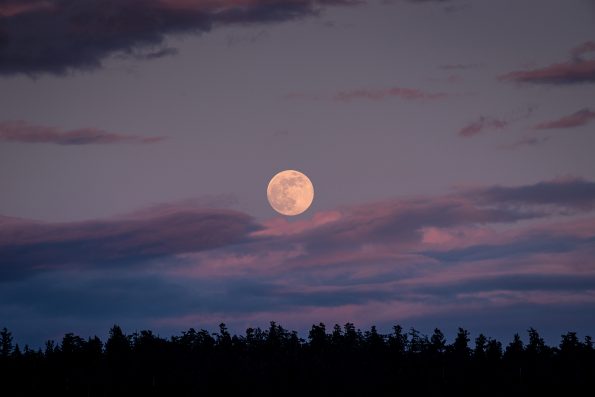
Scientists believe that an object the size of Mars crashed into Earth 4.5 billion years ago. The collision was so powerful that it sent pieces of Earth and the other object flying into space. Some of the debris stuck together to create the moon. A lot of debris from Earth likely landed on the moon after it was formed, which could provide clues as to what a young Earth was like.
How Earth Trades Meteorites With The Moon
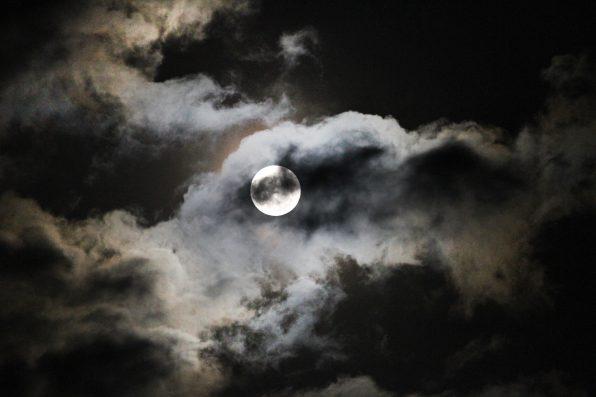
Studies of the moon have shown that it ejects meteorites from its surface during asteroid impacts, and many of these meteorites may have landed on Earth. There is less evidence of Earth launching stuff toward the moon, but a computer model has suggested that there could be roughly 40,000 pounds of Earth rocks for every 100 square kilometers of the moon.
How Life Began On Earth
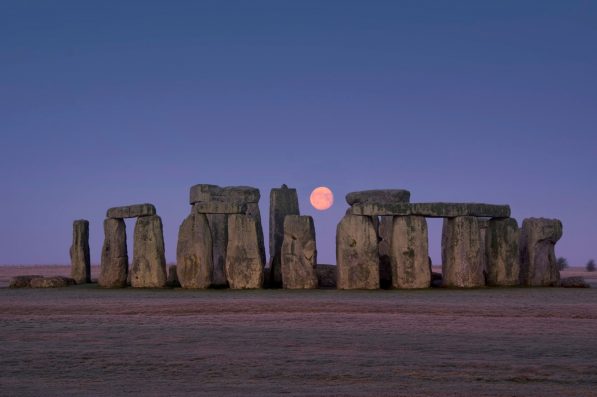
Meteorites from Earth may have carried microorganisms to the moon. If experts analyze the lunar soil for elements from Earth, this could help provide more information on how the Earth’s atmosphere developed, leading to the beginning of life on Earth.
How The Moon Protects Us From Space Activity

The Earth’s magnetic field serves as a barrier against space activity, such as harmful solar wind or cosmic ray particles. The magnetic field is produced by the fast-flowing movement of liquid iron and nickel in the Earth’s outer core.
The moon’s gravity contributes to this movement. It tugs on the Earth’s mantle layer, causing the liquid metal to slosh around. Without the moon’s gravity, the Earth would be unable to maintain its magnetic field.
How Different Earthquakes Are From Moonquakes

Generally, earthquakes only last for half a minute. But moonquakes, on the other hand, can last for at least 10 minutes. Moonquakes have helped scientists figure out part of the reason why liquid water is so important on Earth. The water spreads energy out and muffles earthquake vibrations, so they don’t last as long.
How Much Sunlight The Earth Reflects And Absorbs
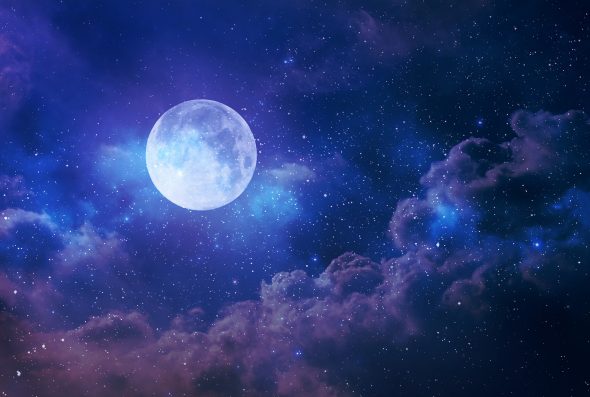
Measuring how much light the Earth reflects and absorbs can help us track climate change. The moon can assist with this by the faint glow it emanates. The glow is lit by sunlight bouncing off Earth. When scientists measure the glow from the moon, they can accurately estimate how much Earth shines and even the makeup of the atmosphere.
How The Moon Keeps Earth Turning Smoothly

The moon is what keeps Earth on its 23.5-degree tilt on its axis. This particular angle ensures that our planet is safe to inhabit. A more severe tilt would make the seasons too extreme to bear. Without the moon’s gravity, the Earth would wobble more violently and completely change the climate. The moon also controls the tides on Earth, affecting the way we use the ocean for travel, food and recreation.
How Earth Is Pushing The Moon Away
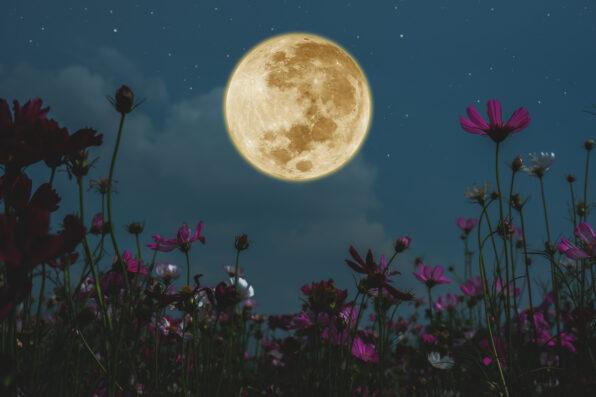
Each year, the Earth is pushing the moon away by about 1.5 inches. The side of Earth that faces the moon is getting pulled by the moon’s gravity. The side with higher gravity causes the moon to try to speed up its rotation and slow down Earth’s rotation. The friction forces the moon into a wider orbit.


